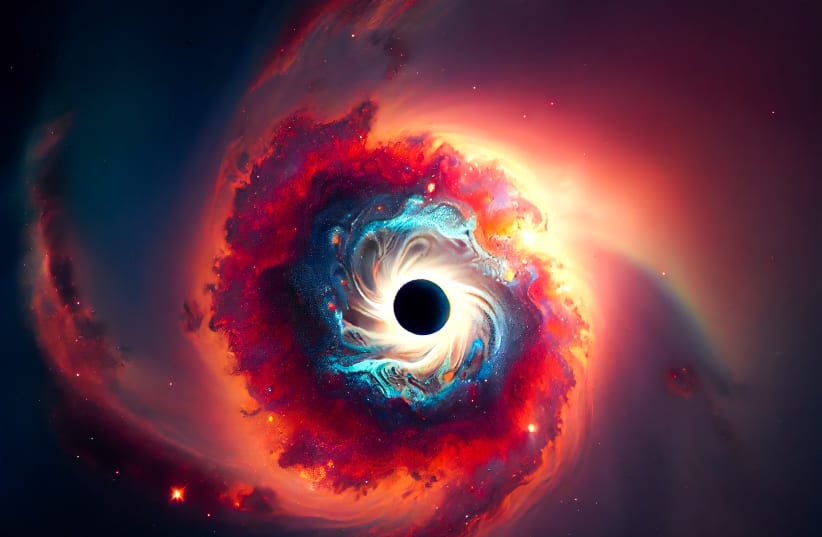
Scientists have identified a supernova as the ‘missing link’ connecting deceased stars to black holes.
Astronomers have established a direct connection between the explosive demise of massive stars and the formation of enigmatic objects such as black holes and neutron stars in the universe.
Two separate teams closely observed the immediate aftermath of a supernova explosion in a nearby galaxy, uncovering evidence of the mysterious compact object left behind. Utilizing data from two telescopes—the European Southern Observatory’s Very Large Telescope (VLT) and ESO’s New Technology Telescope (NTT)—the teams made significant observations.
When stars much larger than our sun reach the end of their life cycles, their gravitational forces lead to a rapid collapse, resulting in a violent explosion known as a supernova. Astronomers theorize that post-explosion, the ultra-dense core or “compact remnant” is all that remains of the star. Depending on the star’s initial mass, this remnant can transform into either a neutron star or a black hole.
A neutron star is an incredibly dense object, with a teaspoon of its material weighing about a trillion kilograms on Earth. A black hole, even more dense, exerts gravity so strong that nothing, not even light, can escape.
While the compact remnant theory has been suggested based on various clues from exploding stars, direct evidence of a supernova leaving behind such a remnant has eluded astronomers until 2022. South African amateur astronomer Berto Monard discovered the supernova SN 2022jli in the spiral arm of the nearby galaxy NGC 157, located approximately 75 million light-years away. Examining its aftermath, researchers noted peculiar behavior. Unlike most supernovae, which gradually fade in brightness over time, SN 2022jli exhibited a unique pattern—its overall brightness decreased in an oscillating manner, fluctuating every 12 days or so.
Researchers pieced together the available clues and concluded that this distinctive pattern is a result of a compact remnant interacting with the surviving companion star of the supernova explosion.